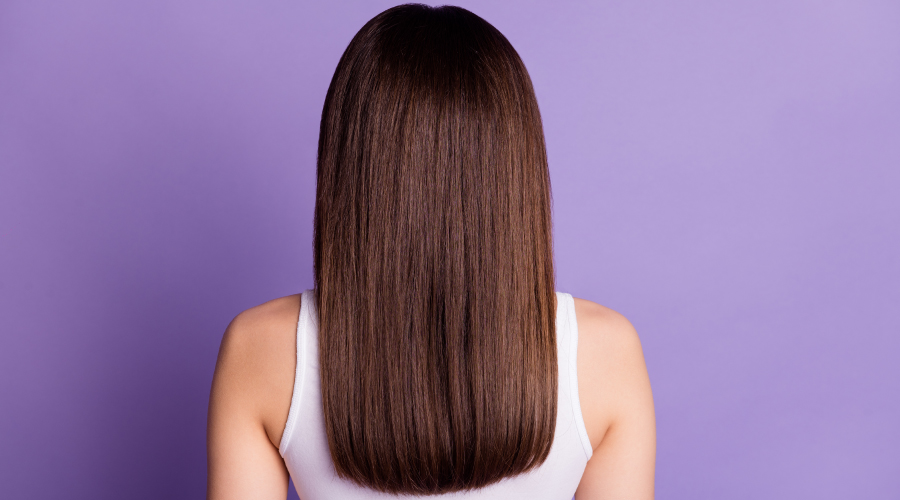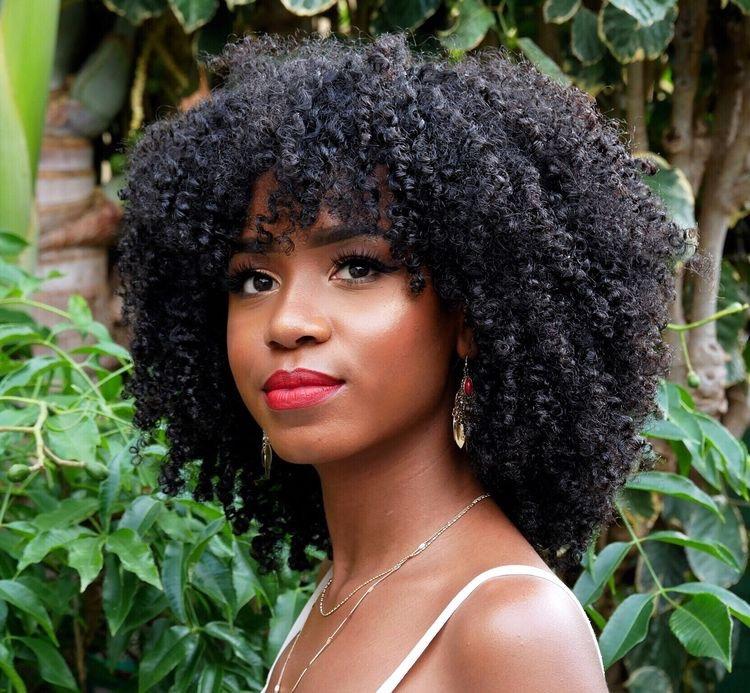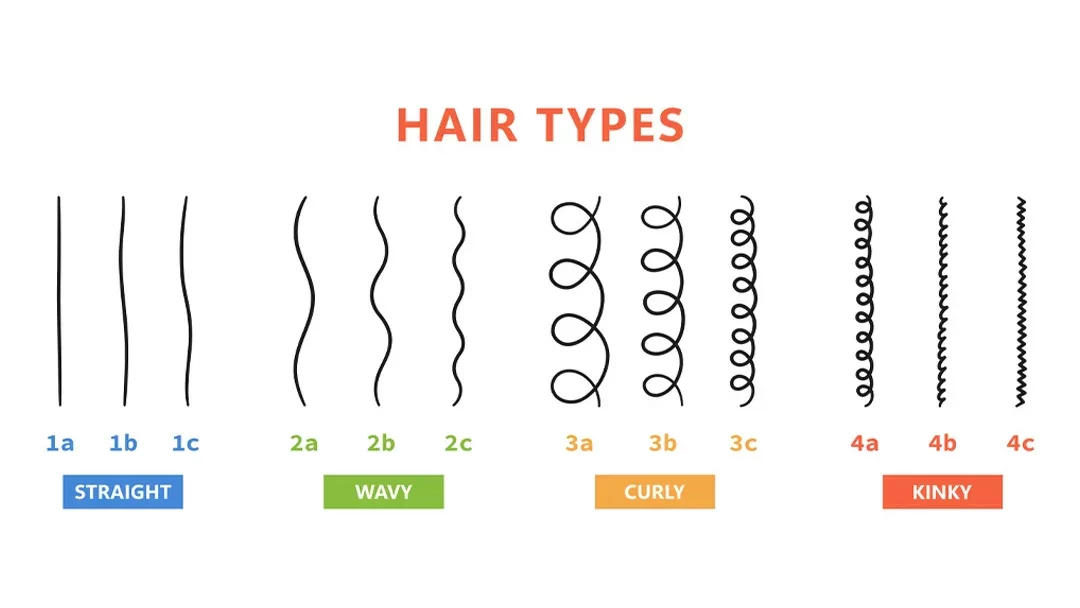When it comes to hair, no two heads are exactly alike. From straight to curly, thick to thin, understanding your hair type is essential for choosing the right care routine, products, and styles that suit your natural texture.
This guide breaks down the main types of hair and offers insights into how to care for each one. Whether you have straight locks or tight coils, knowing your hair type can help you make the most of your mane. Your hair type plays a vital role in determining the products you should use, the styles that suit you best, and even how often you need to wash your hair.
Understanding your hair type not only helps you care for it better but also allows you to enhance your natural beauty confidently. Let’s explore the different types of hair and discover the best care tips for each one.
The Four Main Hair Types
Hair types are commonly categorized into four main groups based on their natural curl pattern: Type 1 (Straight), Type 2 (Wavy), Type 3 (Curly), and Type 4 (Coily or Kinky). Each type has unique characteristics that require specific care techniques. Let’s dive deeper into each type.
Type 1: Straight Hair

Type 1A: Fine and Straight
Type 1A hair is completely straight, fine, and lacks natural volume. It is usually shiny because the natural oils from the scalp can easily travel down the hair shaft. This hair type can be prone to looking greasy and flat, so it’s important to use lightweight, volumizing shampoos and avoid heavy conditioners. Regular washing and dry shampoos are great for maintaining volume and freshness.
Type 1B: Straight with Some Volume
Type 1B hair is straight but has a bit more body and volume than Type 1A. It’s thicker and can hold styles better. This type can still get oily at the roots, so balancing moisture without overloading is key. A light conditioner applied mainly to the ends and using volumizing products can enhance its natural fullness.
Type 1C: Straight and Coarse
Type 1C hair is straight but tends to be thicker and more coarse. It has more texture and volume naturally but can be prone to frizz. Frizz control products and smoothing serums are ideal for maintaining a sleek look. Hydrating shampoos and conditioners are recommended to keep hair smooth and manageable.
Type 2: Wavy Hair

Type 2A: Loose Waves
Type 2A hair has a slight wave with an “S” shape. It is fine and easy to style, but it can lack volume. To enhance the waves, use lightweight mousse or wave-enhancing sprays. Avoid heavy creams that can weigh down the waves and make them look limp.
Type 2B: Defined Waves
Type 2B hair has more defined waves that start at the mid-length of the hair. This type is more prone to frizz, especially in humid weather. A combination of anti-frizz products, leave-in conditioners, and sea salt sprays can help enhance the natural wave pattern while keeping the hair smooth.
Type 2C: Thick and Wavy
Type 2C hair has thick, well-defined waves that start from the roots. This type is more coarse and can be frizz-prone. Hydrating shampoos and conditioners, combined with anti-frizz serums, are key to maintaining the smoothness and definition of the waves. Regular deep conditioning treatments can also help keep this hair type healthy and shiny.
Type 3: Curly Hair

Type 3A: Loose Curls
Type 3A hair consists of large, loose curls that are about the size of a piece of sidewalk chalk. These curls are well-defined and usually shiny. The best way to care for 3A curls is to use moisturizing products that enhance curl definition without weighing the hair down. A good leave-in conditioner and curl cream can help keep curls hydrated and bouncy.
Type 3B: Tight Curls
Type 3B hair features tighter, springier curls that are about the size of a marker. This hair type has more volume and can be prone to dryness. Hydrating shampoos and conditioners are essential to maintain moisture. A curl-defining gel or cream can help manage frizz and define the curls. Regular deep conditioning treatments will keep the curls healthy and shiny.
Type 3C: Curly Coils
Type 3C hair has tightly coiled curls that are densely packed together, about the size of a pencil. These curls have a lot of volume and texture. This type of hair tends to be more prone to dryness and frizz, so it requires plenty of moisture. Use rich conditioners, leave-in treatments, and curl creams to keep the coils hydrated and defined.
Type 4: Coily/Kinky Hair

Type 4A: Soft Coils
Type 4A hair has tightly coiled, S-shaped curls that are more defined and softer. This hair type is naturally dry and needs regular moisturizing to keep it healthy. Use thick, creamy conditioners and leave-in products to enhance the curl pattern and reduce frizz. Deep conditioning treatments are also highly recommended.
Type 4B: Zigzag Coils
Type 4B hair has a tighter curl pattern that resembles a zigzag shape. This type is more prone to shrinkage, making the hair look shorter than it is. 4B hair can benefit from the use of heavy moisturizers, oils, and butters that keep the hair hydrated. Stretching techniques like braiding or twisting can help elongate the curls and reduce shrinkage.
Type 4C: Tightest Coils
Type 4C hair has the tightest curl pattern, with coils so dense that they are often not well-defined. This hair type experiences the most shrinkage and is highly prone to dryness. To care for 4C hair, use thick, creamy moisturizers and oils that provide deep hydration. Protective styles like braids or twists can help retain moisture and protect the hair from damage.
Tips for Caring for Different Hair Types
- Hydration is Key: Regardless of your hair type, keeping your hair hydrated is essential. This is especially true for curly and coily hair, which tends to be drier. Use moisturizing shampoos, conditioners, and leave-in treatments to maintain your hair’s natural moisture balance.
- Avoid Heat Styling: Frequent use of heat styling tools can damage hair and lead to breakage. Whenever possible, let your hair air dry and use heat styling tools sparingly. Always use a heat protectant spray to minimize damage when you do use heat.
- Regular Trims: Regular trims help prevent split ends and keep your hair looking healthy. Depending on your hair type, aim to trim your hair every 6 to 12 weeks.
- Choose the Right Products: Using products tailored to your specific hair type can make a significant difference. Look for shampoos, conditioners, and styling products designed for straight, wavy, curly, or coily hair.
- Protective Styles: For curly and coily hair types, protective styles like braids, twists, and buns can help reduce damage and breakage. These styles also help retain moisture and keep your hair healthy.
Understanding your hair type is the first step toward effective hair care. Whether you have straight, wavy, curly, or coily hair, choosing the right products and techniques tailored to your specific hair type can make a significant difference in the health and appearance of your hair.
Appreciating your natural texture and finding a routine that suits your hair’s needs can help you enjoy healthier, more beautiful hair. By following the tips and guidance outlined in this guide, you can create a hair care routine that enhances your hair’s natural beauty and keeps it looking its best every day.






